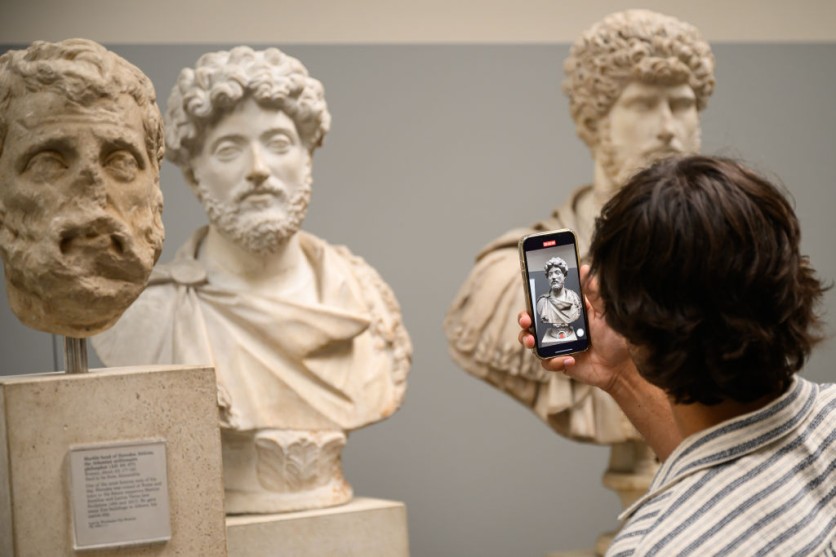The British Museum gets embroiled in a scandal over the theft of 2,000 precious objects from its collections. The alleged 20-year heist has tarnished the institution's security and control.
The British Museum, keeper of unparalleled artistic and archaeological treasures, admitted last week that several jewelry items from the 15th century BC to the 19th century AD were burgled, according to The Times. This finding goes beyond embarrassment to national humiliation, casting severe doubt on the museum's cultural asset stewardship claims and requiring a complete and public accounting.
Stolen goods were stored rather than shown at the museum. Some of these stolen relics were auctioned on eBay at prices much below their market value, let alone their historical importance. The museum fired a longtime employee accused of stealing, though the police have been investigating for months without making any charges.
Due to the British Museum scandal, public trust has plummeted. Former chancellor George Osborne, now museum trustee chairman, launched an internal security assessment.
Even the world's most famous museums struggle to enforce security. The 1994 theft of Edvard Munch's "The Scream" from Oslo's National Gallery is an example. The Isabella Stewart Gardner Museum in Boston lost numerous precious masterpieces, including one by Johannes Vermeer, which remain unrecovered. These examples show how vulnerable artworks are, with smaller pieces being significantly more susceptible to forgery.

British Museum's Theft Response Blasted
The controversy, which appears to be an inside job at the British Museum, was revealed in mid-August. Only after items thought to be stolen started turning up for sale in 2021 did the institution become aware of the theft.
In 2021, Roman antiquities specialist Ittai Gradel warned the British Museum of probable problems. Dr. Gradel said that some of the museum's collections were being sold online at significant discounts.
Stunningly, the museum just addressed the grave situation early this year.
The British Museum theft scandal has exposed security flaws and renewed demands for cultural heritage repatriation. The Greek cultural minister, Lina Mendoni, has strongly condemned the museum's theft response, citing systematic failings and inadequate records. According to Phys.org, around half of the 8 million items of the British Museum are uncatalogued.
Artnet News reported that Nigeria, China, and Wales have joined Mendoni's case, reigniting the repatriation debate. The safety of these collections, the public's access to their cultural heritage, and countries' capacity to make claims for repatriation are all at risk due to the long-standing problems of inadequate or out-of-date cataloging of items in major museums.
New Interim Director Named
Amid the controversy, the British Museum has named Sir Mark Jones as its interim director.
Jones succeeds German art historian Hartwig Fischer, who resigned last month following British museum theft investigation failures.
The Chair of the Board of Trustees, George Osborne, has announced that Sir Mark Jones has been appointed Interim Director of the British Museum following approval by the Government.
— British Museum (@britishmuseum) September 6, 2023
Read our full statement here: https://t.co/kla9j90OKt
Image © National Trust for Scotland pic.twitter.com/VuqWOMuPfL
Sir Mark is a distinguished museum leader who led the National Museums of Scotland and the Victoria & Albert Museum. His hiring is crucial as the organization works to repair its image and improve security after the loss of thousands of precious treasures.
"This is a critical moment for the British Museum, and I cannot think of anyone better placed to help take us forward than Sir Mark Jones," museum chair George Osborne said in a statement, as quoted in a report published by CNN.

ⓒ 2025 TECHTIMES.com All rights reserved. Do not reproduce without permission.




